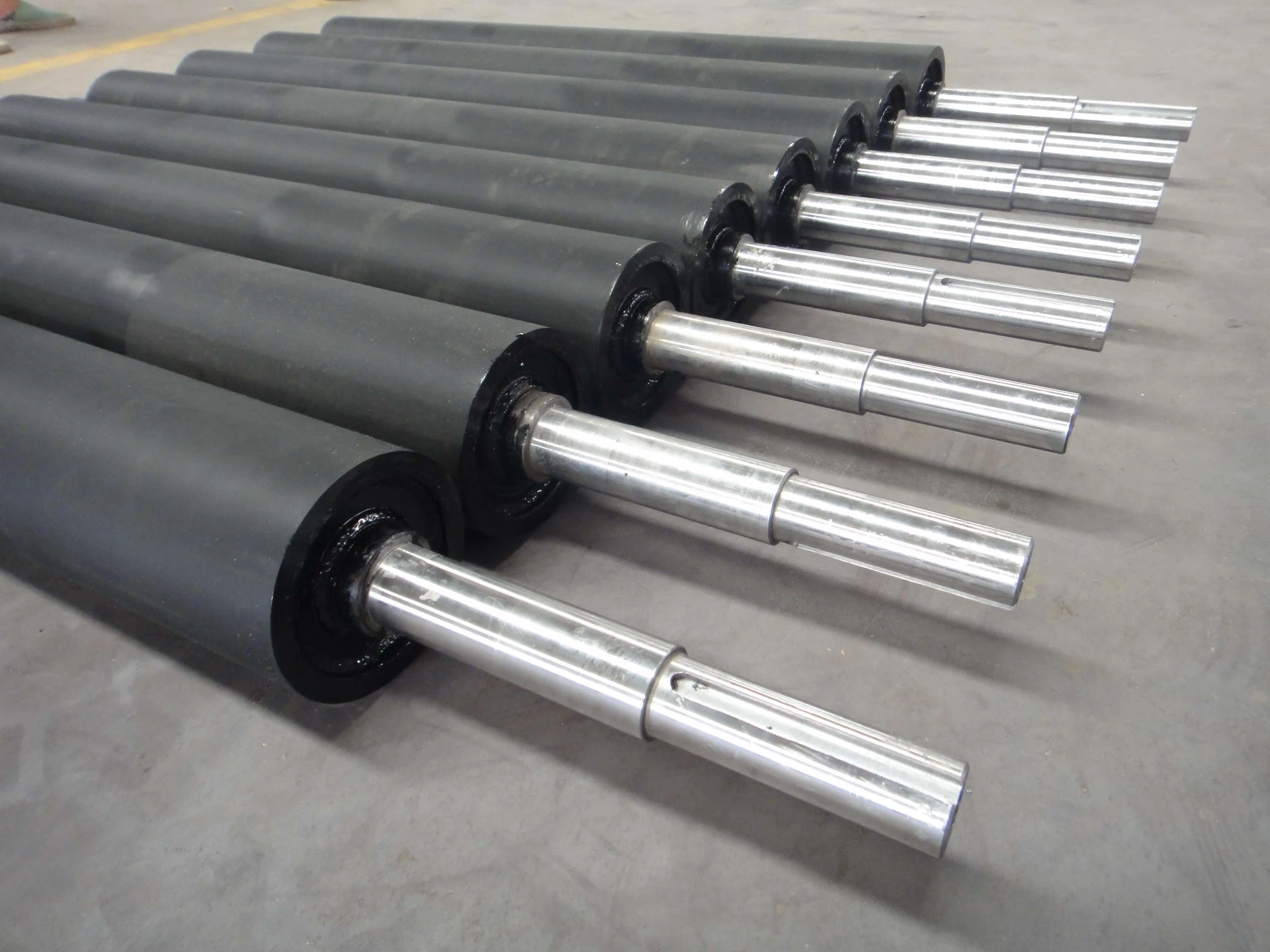 Afrikaans
Afrikaans  Albanian
Albanian  Amharic
Amharic  Arabic
Arabic  Armenian
Armenian  Azerbaijani
Azerbaijani  Basque
Basque  Belarusian
Belarusian  Bengali
Bengali  Bosnian
Bosnian  Bulgarian
Bulgarian  Catalan
Catalan  Cebuano
Cebuano  Corsican
Corsican  Croatian
Croatian  Czech
Czech  Danish
Danish  Dutch
Dutch  English
English  Esperanto
Esperanto  Estonian
Estonian  Finnish
Finnish  French
French  Frisian
Frisian  Galician
Galician  Georgian
Georgian  German
German  Greek
Greek  Gujarati
Gujarati  Haitian Creole
Haitian Creole  hausa
hausa  hawaiian
hawaiian  Hebrew
Hebrew  Hindi
Hindi  Miao
Miao  Hungarian
Hungarian  Icelandic
Icelandic  igbo
igbo  Indonesian
Indonesian  irish
irish  Italian
Italian  Japanese
Japanese  Javanese
Javanese  Kannada
Kannada  kazakh
kazakh  Khmer
Khmer  Rwandese
Rwandese  Korean
Korean  Kurdish
Kurdish  Kyrgyz
Kyrgyz  Lao
Lao  Latin
Latin  Latvian
Latvian  Lithuanian
Lithuanian  Luxembourgish
Luxembourgish  Macedonian
Macedonian  Malgashi
Malgashi  Malay
Malay  Malayalam
Malayalam  Maltese
Maltese  Maori
Maori  Marathi
Marathi  Mongolian
Mongolian  Myanmar
Myanmar  Nepali
Nepali  Norwegian
Norwegian  Norwegian
Norwegian  Occitan
Occitan  Pashto
Pashto  Persian
Persian  Polish
Polish  Portuguese
Portuguese  Punjabi
Punjabi  Romanian
Romanian  Russian
Russian  Samoan
Samoan  Scottish Gaelic
Scottish Gaelic  Serbian
Serbian  Sesotho
Sesotho  Shona
Shona  Sindhi
Sindhi  Sinhala
Sinhala  Slovak
Slovak  Slovenian
Slovenian  Somali
Somali  Spanish
Spanish  Sundanese
Sundanese  Swahili
Swahili  Swedish
Swedish  Tagalog
Tagalog  Tajik
Tajik  Tamil
Tamil  Tatar
Tatar  Telugu
Telugu  Thai
Thai  Turkish
Turkish  Turkmen
Turkmen  Ukrainian
Ukrainian  Urdu
Urdu  Uighur
Uighur  Uzbek
Uzbek  Vietnamese
Vietnamese  Welsh
Welsh  Bantu
Bantu  Yiddish
Yiddish  Yoruba
Yoruba  Zulu
Zulu Optimizing Performance with Industrial Conveyor Belt Roller Solutions for Efficient Material Handling
The Essential Role of Conveyor Belt Rollers in Industrial Operations
In the landscape of industrial manufacturing and material handling, conveyor belt systems represent a cornerstone of operational efficiency. At the heart of these systems are conveyor belt rollers, fundamental components that facilitate smooth and effective movement of goods. This article explores the critical role played by conveyor belt rollers, their types, applications, and the advances in technology that enhance their functionality.
Understanding Conveyor Belt Rollers
Conveyor belt rollers are cylindrical components that support and guide conveyor belts, ensuring they operate smoothly while transporting materials. These rollers are typically mounted on frames and can be driven or non-driven, depending on the system requirements. Their primary purpose is to reduce friction between the moving belt and the underlying structure, thereby extending the life of the belt and increasing operational efficiency.
Types of Conveyor Belt Rollers
1. Drive Rollers These are powered rollers that provide the necessary force to move the conveyor belt. They are typically located at the tail end of a conveyor system and play a vital role in controlling the speed and direction of the belt movement.
2. Return Rollers Positioned along the return path of the conveyor belt, these rollers support the belt as it comes back after unloading materials. They help maintain the alignment of the belt and prevent sagging.
3. Impact Rollers Located at the loading area of the conveyor, impact rollers are designed to absorb shocks as materials are loaded onto the belt. This helps protect the belt from damage and enhances its longevity.
4. Idler Rollers These rollers are not powered but are crucial for supporting the conveyor belt. They help maintain belt tension and alignment, ensuring efficient operation without excessive wear.
industrial conveyor belt rollers

Applications of Conveyor Belt Rollers
Conveyor belt rollers are integral to a wide range of industries, from manufacturing and mining to logistics and food processing. In manufacturing, they facilitate the movement of raw materials and finished products along assembly lines. In mining operations, heavy-duty rollers are employed to transport bulk materials like gravel and coal over considerable distances. In the logistics sector, they enhance the efficiency of sorting and distribution processes in warehouses.
The food processing industry also relies on specialized conveyor belt rollers that comply with stringent hygiene standards, ensuring safe and efficient movement of food products without contamination.
Advances in Conveyor Roller Technology
As industries evolve, so does the technology surrounding conveyor belt rollers. Modern developments focus on enhancing durability, efficiency, and eco-friendliness. Roller design has improved significantly, with the introduction of lightweight materials that reduce the overall weight of the conveyor system while maintaining strength.
Additionally, maintenance has been streamlined thanks to modular designs that allow for easy replacement and repairs. Some companies have embraced smart technology, integrating sensors that monitor roller performance and wear. This predictive maintenance capability helps prevent unexpected downtime, ensuring that production processes remain uninterrupted.
Furthermore, advancements in roller coating materials have increased resistance to abrasive materials, reducing wear and tear while extending the lifespan of the rollers. This is especially critical in harsh environments where demanding conditions can lead to rapid degradation.
Conclusion
Conveyor belt rollers are indispensable to modern industrial operations, significantly impacting the efficiency and effectiveness of material handling processes. Their various types serve specific roles that optimize the performance of conveyor systems across diverse applications. With ongoing technological advancements, the future looks bright for conveyor belt rollers, promising enhanced durability, efficiency, and sustainability. As industries continue to innovate, conveyor belt rollers will remain at the forefront, supporting the movement of goods in an increasingly dynamic world. The continued evolution of these integral components will ensure that businesses can adapt and thrive in the face of ever-changing operational demands.
-
Revolutionizing Conveyor Reliability with Advanced Rubber Lagging PulleysNewsJul.22,2025
-
Powering Precision and Durability with Expert Manufacturers of Conveyor ComponentsNewsJul.22,2025
-
Optimizing Conveyor Systems with Advanced Conveyor AccessoriesNewsJul.22,2025
-
Maximize Conveyor Efficiency with Quality Conveyor Idler PulleysNewsJul.22,2025
-
Future-Proof Your Conveyor System with High-Performance Polyurethane RollerNewsJul.22,2025
-
Driving Efficiency Forward with Quality Idlers and RollersNewsJul.22,2025





























